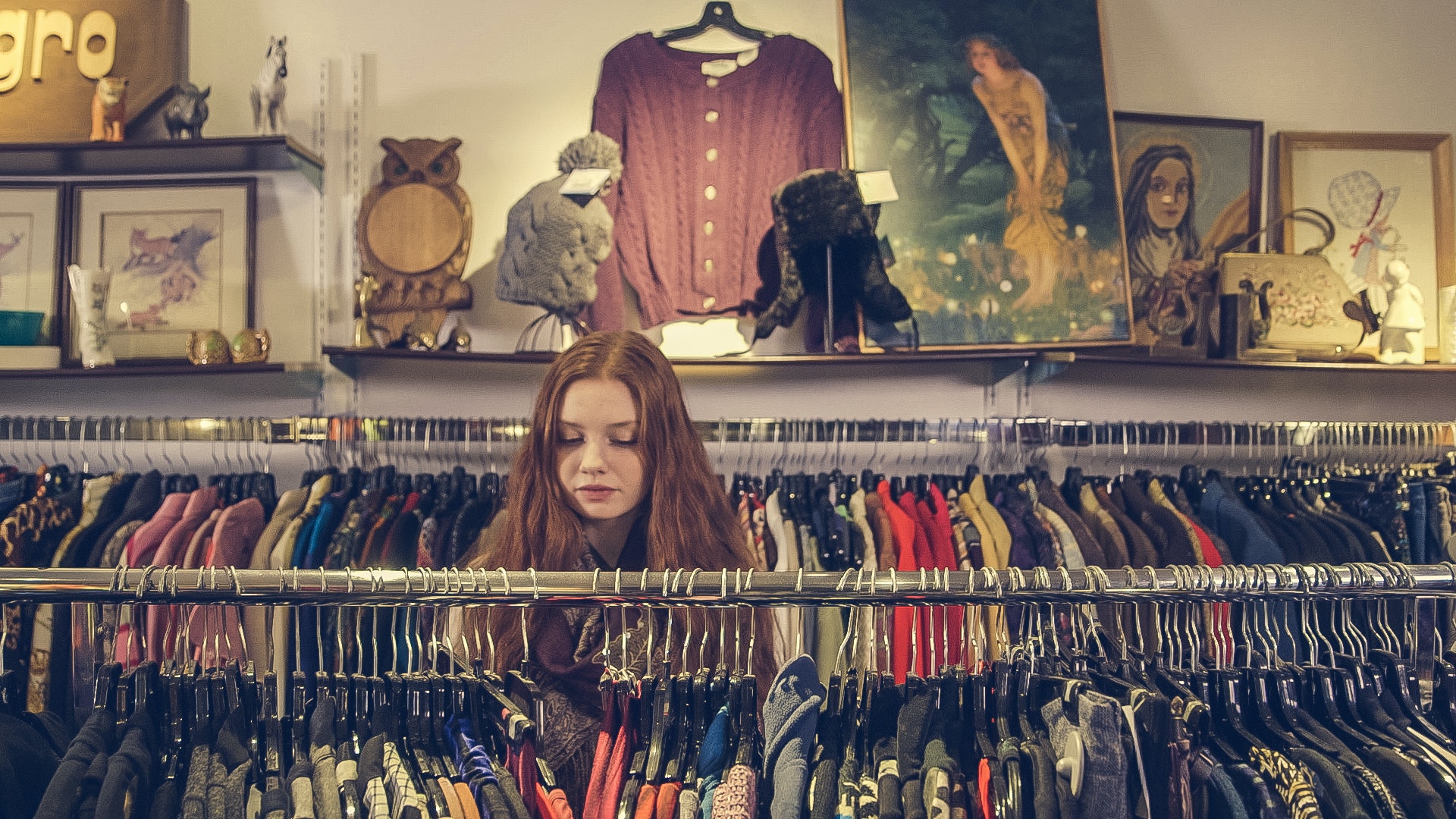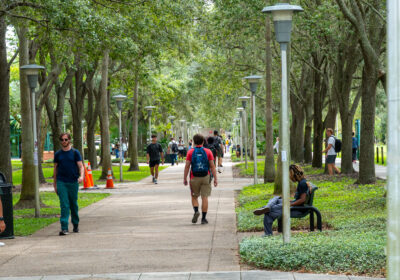OPINION: Thrifting culture does more environmental harm than good

For college students, thrifting can be a fun, affordable and seemingly environmentally friendly activity. However, our beloved thrifting binges may not be as sustainable as it seems.
Despite good intentions, the trend of thrifting may inadvertently contribute to the rampant issue that is textile waste. The only true way to be sustainable is to buy less.
Even though it has been around for decades, thrift shopping is a trend that is on the rise. The industry is supposed to grow by 127% within the next four years, from $35 billion in 2021 to $82 billion in 2026, according to a study commissioned by the consignment company ThredUp.
Thrifting is seen as a sustainable way to buy clothing and a move away from the high-polluting fast fashion industry. In reality, the two worlds are not so far apart.
The inexpensiveness and supposed sustainability of thrift stores encourage us to feel less guilty about shopping. This guilt-free shopping often overshadows the question of if those articles of clothing are really needed in the first place.
Videos and snippets of massive hundred-dollar thrift hauls are all over TikTok and YouTube, which defeats the purpose of the sustainability of thrifting in the first place. Instead of being an alternative to buying fast fashion, thrifting has become a feel-good option for people to continue to feed into overconsumption, which is the real issue.
“Instead of buying less, we trick ourselves into thinking we can shop our way out of the problem by donating again and again,” Anna Fitzpatrick, project coordinator at the London College of Fashion’s Centre for Sustainable Fashion, said in a February 2021 interview with Popular Science.
This cycle of buying and donating clothes to thrift stores should be an effective process of recycling, but the truth is much darker than that. Some popular thrift stores hide an ugly side behind their mask of sustainability.
Goodwill and Salvation Army call themselves green and philanthropic organizations, but their policies when it comes to what they do about unsold clothing are questionable.
While it may sound like a charitable deed to provide clothes to developing countries, the truth is these countries are becoming overwhelmed by the massive influx of clothes as it contributes to landfills and takes away job opportunities for locals.
“Do not hide under the guise of donations of secondhand clothing, and [then ship] them over to us just to cause problems to us,” Solomon Noi, director of waste management of the Accra Metropolitan Assembly, said in a September 2021 CBS interview.
The most impactful example of the overabundance of second-hand clothing imports is the towering mountain of old clothes that is piled on the shore of Ghana, 25 miles from its capital, Accra.
Ghana is known for its picturesque beaches, but that image is slowly being overshadowed by a 66-foot mountain made up of 15 million tons of used clothing all sourced from developed countries, like the U.S. and U.K. Over 160 tons of clothing arrive in Accra every day and 40% end up in landfills, according to an Aug. 21 ABC article.
The problem has become so unbridled that the East Africa Community, composed of Burundi, Kenya, Rwanda, Tanzania and Uganda, proposed a ban in 2015 to end all second-hand clothing imports, according to The East African.
Rather than buying from and donating to large chain thrift stores that contribute to this issue, it is essential to make sure the place you buy from has sustainable policies. A popular place among USF students is Avalon Exchange, sitting on the corner of South MacDill Avenue and West Empedrado Street.
Every few months, the store will hold a $1 blowout where every piece of clothing that is not sold on clearance gets priced at $1 to ensure all their items get put back into the local community where they will get a second life, according to its website.
Despite how important it is to thrift mindfully, the only true and effective solution is to simply buy less. Over the last 15 years, the average person has bought 60% more clothes, yet only keeps them for about half as long, according to information conducted in 2016 by McKinsey Sustainability. This overconsumption and careless disposal of clothing is what leads to the major issue of mass textile waste that we see affecting third-world countries today.
While local thrifts like Avalon Exchange may be more sustainable than Goodwill and Salvation Army, ending the mass fashion waste industry starts with mindfulness about the clothes you buy and ensuring they are used to their full potential.








